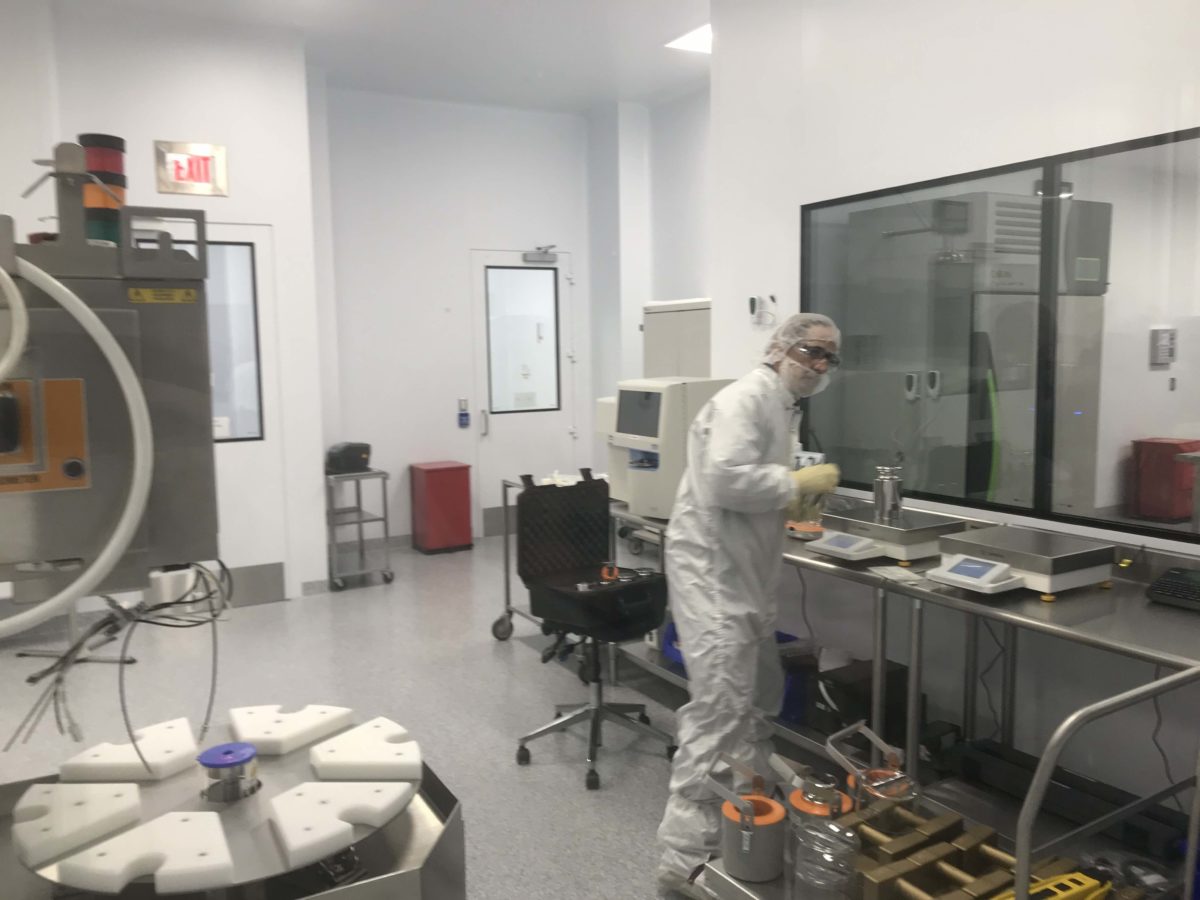Life sciences company Catalent said Tuesday that it is planning to invest $230 million to expand its campus for manufacturing gene therapy treatments near BWI Airport.
With this investment, Catalent plans to add three viral-vector manufacturing suites to its facility in the Anne Arundel County town of Harmans, adding capacity for the company to produce treatments that transfer genetic material into cells to fight rare diseases.
At the facility, Catalent Cell and Gene Therapy offers contract manufacturing for firms that develop and commercialize new treatments in an area of medicine that is coming of age. With FDA clearance, it is producing treatments at commercial scale that are designed to be used in late-stage trials and in the clinic.
An initial building at the site that opened in 2019 has 10 manufacturing suites. In 2020, the company invested $130 million to expand a second building, which has five manufacturing suites. With the latest investment, three more suites with room for multiple bioreactors will be added to that building to maximize capacity for production. Catalent also plans to add storage capacity, including space for “just-in-time” inventory and low-temperature freezers. In all, the company expects to have 18 suites operational on the 350,000-square-foot campus at the end of 2022.
It will also mean hiring. Currently, Catalent employs 900 people at the site. The company plans to add 700 new employees in scientific, technical and operational roles over the next six years. With the employee growth, it is also adding facilities like an onsite cafeteria and parking garage with the latest investment.
“Catalent is committed to continuous improvement and growing with our customers’ futures in mind. This necessitates that we consistently incorporate our own learnings and the latest developments in [Current Good Manufacturing Practice] manufacturing into our new and existing facilities and operations, to help assure quality and de-risk processes,” said Dr. Manja Boerman, president of Catalent Cell & Gene Therapy, in a statement. “By applying the expertise we have gained from the last three years of operating our flagship gene therapy commercial facility, we are able to continue to expand our campus with a design layout that is innovative, efficient, and provides ultimate flexibility for our customers.”
Somerset, New Jersey-based Catalent provides development and manufacturing services to pharma, biotech and other health companies producing new treatments at facilities around the world. Its presence in the area dates to 2018, when it acquired Baltimore-founded Paragon Bioservices in a deal worth $1.2 billion. The Harmans campus opened right around the time that the acquisition was announced, and Paragon became part of what is now Catalent Cell and Gene Therapy. It continues to have a facility at the University of Maryland BioPark in downtown Baltimore where it works on manufacturing for developmental phases, and added a facility in Rockville in 2019.
Together, the Maryland facilites form a network under Catalent Cell and Gene Therapy, which has grown since the Paragon acquisition in 2019. With innovation continuing to progress rapidly and companies bringing new treatments to market, Catalent is growing its footprint as its customers grow, too.
It shows continued investment in the manufacturing portion of the state’s biotech footprint. Maryland has a concentration of researchers and scientists at universities and federal labs that make the discoveries that lead to new treatments, and start companies. The state is also increasingly a place where companies are opening facilities to manufacture treatments after they are developed and approved for market.
Along with Catalent’s investment, this year also brought news of forthcoming production facilities in Frederick from home COVID-19 test maker Ellume, as well as a new site for multiple companies helmed by VaLogic. Kite Pharma also opened a new biomanufacturing facility in Frederick County’s Urbana.
Funding from investors is a well-tracked metric of a community’s growth, but these moves indicate it’s also worth considering what the growth investments made directly by companies show about the innovation economy.

This editorial article is a part of Tech + Health Month of Technical.ly's editorial calendar. This month’s theme is underwritten by the Chesapeake Digital Health Exchange. This story was independently reported and not reviewed by CDHX before publication.
Before you go...
Please consider supporting Technical.ly to keep our independent journalism strong. Unlike most business-focused media outlets, we don’t have a paywall. Instead, we count on your personal and organizational support.
Join our growing Slack community
Join 5,000 tech professionals and entrepreneurs in our community Slack today!





